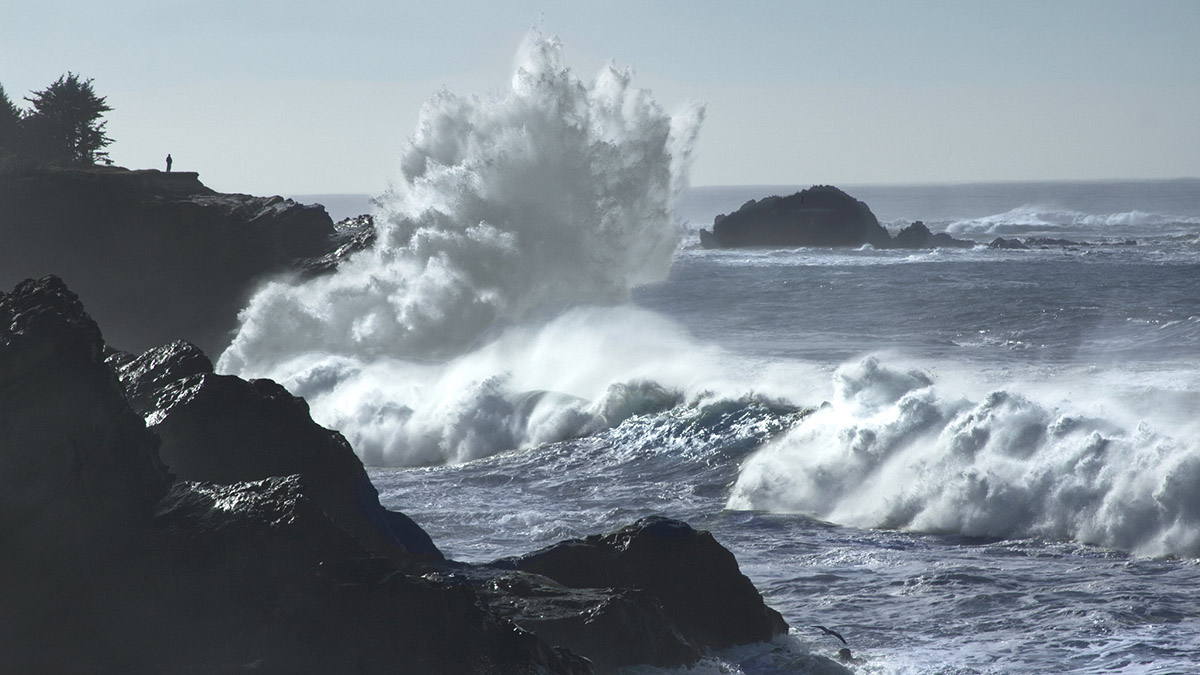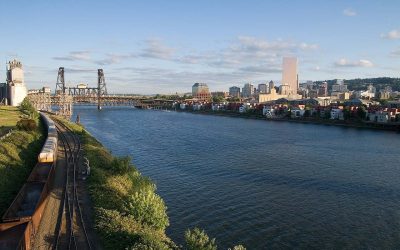Ever wonder what it’s like when the ocean decides to reclaim a bit more of Oregon? Picture driving through Depoe Bay, the waves surging high enough to cross the highway, sending seawater streaming past businesses and over parking lots. It’s not a storm surge or a flood in the usual sense—it’s a king tide, nature’s most dramatic high tide, and it’s a sight Oregonians never forget.
King tides, also called perigean spring tides, happen only a few times a year when the moon and sun align with Earth in just the right way. The moon’s gravitational pull is strongest when it’s closest to our planet, and when that syncs up with a full or new moon, the ocean responds with a surge that can lift the tides several feet higher than normal. Add winter storms and low pressure systems, and you have a spectacle that blurs the line between ocean and land.
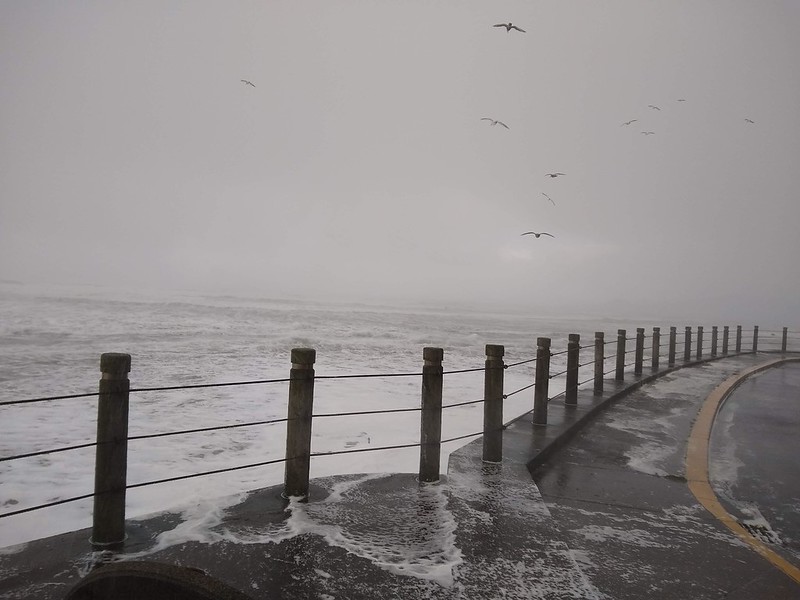
Oregon’s next round of king tides will arrive November 5–7, December 4–6, and January 1–4, 2026. These dates bring some of the year’s most powerful tides, drawing curious locals, photographers, and coastal visitors eager to witness the drama unfold. The King Tides Project even encourages people to photograph these events to help track how far inland the water travels each year, offering a glimpse into how rising seas could reshape Oregon’s coastlines in the decades ahead.
Nowhere is the show more intense than in Depoe Bay. The town’s compact harbor and oceanfront layout make it one of the best and most nerve-racking places to experience the phenomenon. Locals know that when the king tides arrive, the sea often surges clear across Highway 101, splashing cars, soaking sidewalks, and leaving a trail of salt spray on storefront windows. Visitors line the sea wall to watch waves explode against the rocks, sending mist skyward as seagulls glide through the chaos. It’s raw, powerful, and unforgettable.
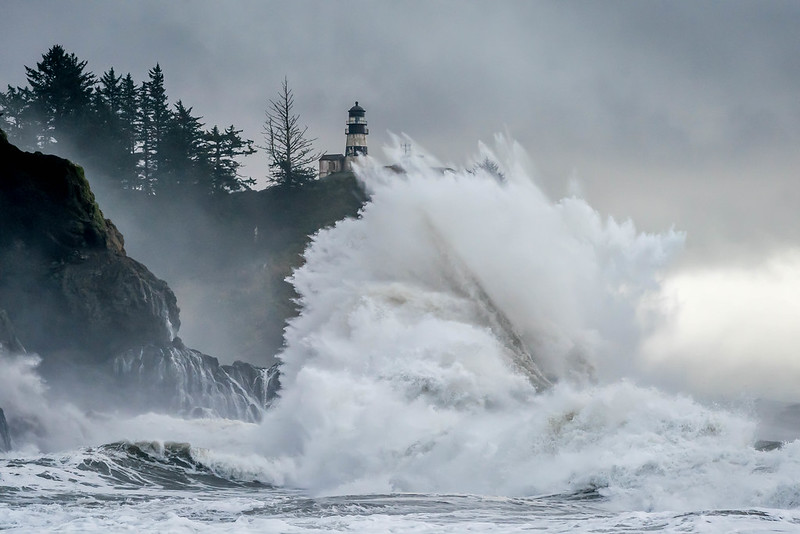
As thrilling as it is, king tides aren’t without danger. Sneaker waves and surging currents can rise faster than expected, and each year authorities remind spectators to keep their distance. Watching from high ground or a secure overlook is the safest way to experience it. Never turn your back on the ocean, and don’t risk getting close for that perfect photo. The power of these tides has claimed lives before, a sobering reminder that beauty and danger coexist on Oregon’s rugged shore.
Do you love Oregon?
Sign up for monthly emails full of local travel inspiration and fun trip ideas. In each newsletter we'll share upcoming events, new things to do, hot dining spots and great travel ideas.
When a king tide rolls in, it transforms the coast completely. Roads and parking lots disappear under shimmering sheets of water, driftwood and sea foam pile up where beach grass normally grows, and the rhythmic thunder of crashing waves echoes through towns. For a few short hours, it feels as though the ocean itself is testing its boundaries. As the tide recedes, what’s left behind tells the story—fresh erosion, rearranged sandbars, and a coastline that’s constantly changing.
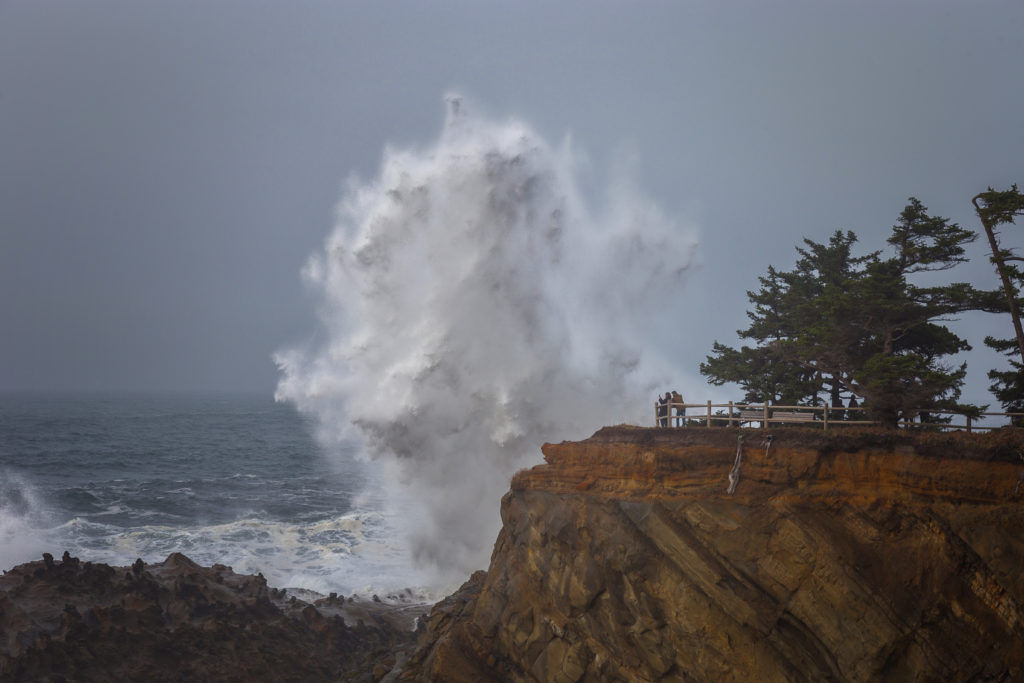
Driving through a king tide might sound thrilling, but it’s best approached with extreme caution. Even a few inches of moving seawater can stall a car or sweep debris into the road. Locals who know the area well sometimes time their drives between surges, but the smartest move is to watch from a safe distance and enjoy the show from higher ground.
For those who live near the coast, king tides are more than just a winter attraction—they’re a reminder of the ocean’s power and the delicate balance of living beside it. These tides show us what our future might look like if sea levels continue to rise, offering a dramatic, humbling perspective on how closely Oregon’s towns and the Pacific are intertwined.
So when November rolls around and the ocean begins its reach across the coast once more, grab your camera, bundle up, and find a safe lookout. Watch as the Pacific flexes its muscle against the land, and feel lucky to witness one of nature’s most awe-inspiring performances. The king is coming—and this winter, the coast belongs to the sea.

